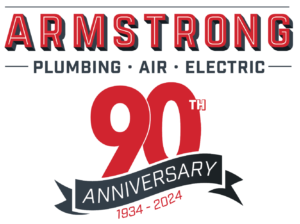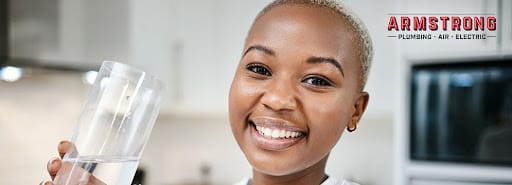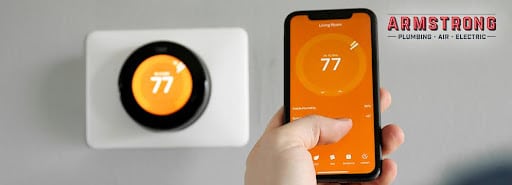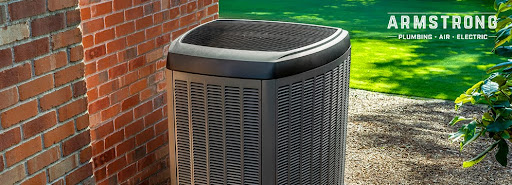
For the majority of folks who are not plumbers, the process that brings water into our home and removes wastewater from our house is something of a mystery. So, here are a couple of frequently asked plumbing questions about plumbing and our answers.
Question 1 – Help! My son flushed a roll of toilet paper. How do I get it out?
- First, grab your plunger or a toilet brush to try and remove the roll from the toilet. Sometimes, that will do the trick if the roll isn’t too far in.
- Drop a tablet of dishwasher detergent in the water and let it soak for 30 minutes. The roll of toilet paper should soak up more water and get softer. Remove the tablet from the bowl and try flushing the toilet 3 or 4 times. If the roll gets soft enough, it may just flush right on out. If it’s still there go to work with the plunger with 4 or 5 compressions then try flushing again.
- If that doesn’t work, try a drain snake if you have one – or a wire coat hanger if you don’t – to try and push the roll until it is wedged free.
- If that troublesome roll of toilet paper just won’t budge, admit defeat and give Armstrong a call. Then put your son’s allowance in escrow until he’s learned his lesson.
Question 2 – Are flushable wipes really safe to flush in lieu of toilet paper?
- No! We cannot stress this enough! Flushable wipes, even if they are labeled “flushable” or “quick dissolving” are not safe to flush down the toilet.
- In fact, with the latest COVID-19 quarantine plumbers have seen an uptick of people flushing these wipes and experiencing clogged sewer lines.
- Home and business owners should educate their families and employees to not flush down the toilet:
- Flushable wipes
- Paper towels
- Baby wipes
- Clorox or Lysol disinfecting wipes
- As these products do not break apart easily in sewer lines and can get caught in piping causing further backups.
- If you or someone in the home have been flushing these items, we recommend you stop immediately.
- Unfortunately, if a clog has already happened, a typical DIY strategy with a plunger or chemicals is not recommended as they can cause further damage, That’s why you Better Call Armstrong to help solve the problem and get your toilet back on track.
Question 3 – The drain is really slow in my bathroom sink (or shower). What can I do?
- Usually, this means the drain is clogged with hair and other debris. The good news is that while a little messy, it’s fairly easy to fix.
- If it’s a sink, first remove the stopper. Check in the cabinet below and you should be able to detach the stopper from the rod that opens and closes the drain.
- Now it’s time to remove the stopper. You may want to wear gloves, because all kinds of gunk gets caught up in a clogged drain, and it’s likely going to look pretty gross.
- Simply remove the hair/debris from the stopper and run some water to ensure there are no other stoppages. If not, replace the stopper.
- It’s the same process for the shower, except you will probably need a screwdriver to remove the plate over the drain. Once removed, you can use your hand or some type of utensil to extract the hair out of the drain.
- If the drain continues to empty slowly it may be time for the drain snake again. Or, give us a call.
- FYI: chemical drain cleaners generally don’t resolve the issue and are some of the most dangerous of household chemicals to boot. Instead, try great natural solutions such as Bio-Clean® or BioSmart™.
Some plumbing repairs and maintenance can be managed by the homeowner, but don’t overstep your limits of expertise. Plumbing mistakes can result in expensive and catastrophic damage. When in doubt, be safe and call in a licensed professional plumbing company. Something wrong? Better call Armstrong!







